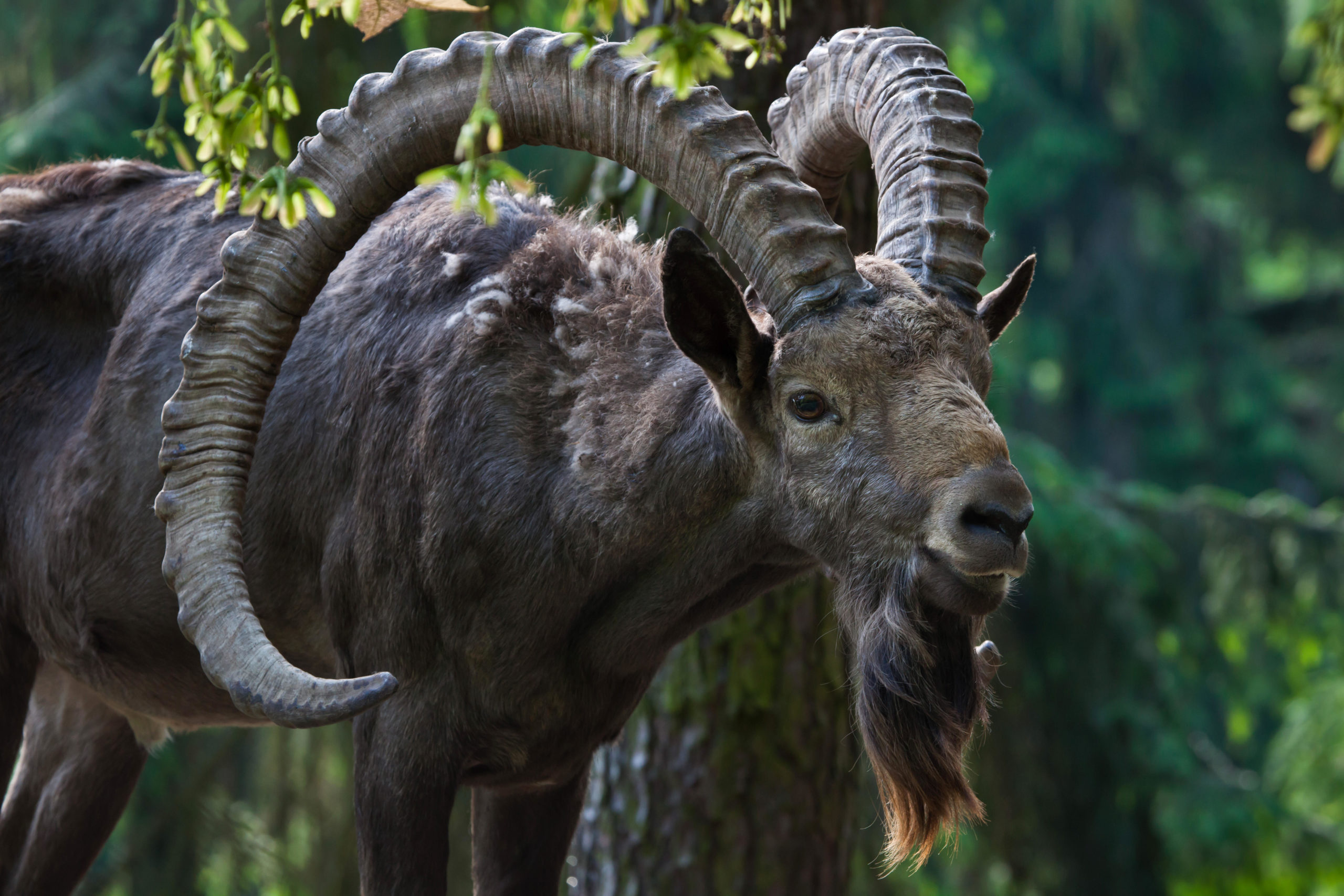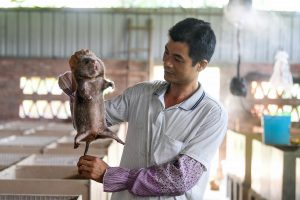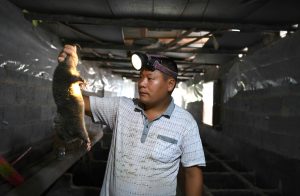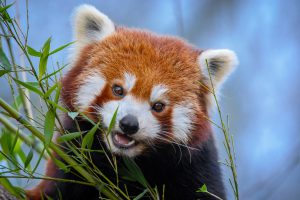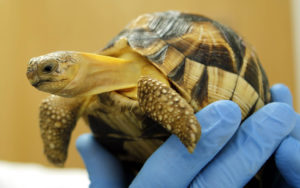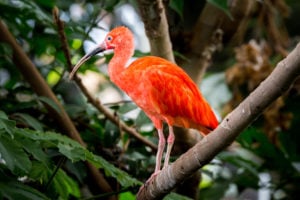The novel coronavirus has forced people to re-examine the link between animals and humans, and pushed wildlife conservation to the top of the legislative agenda. Back in mid-February, the legislative committee of the National People’s Congress (NPC) added a revision of the Wildlife Protection Law to its 2020 to-do list; later that month, the NPC’s Standing Committee announced a ban on the eating of wild animals and a crackdown on the illegal wildlife trade. Then, in June, the National Forestry and Grassland Administration and the Ministry of Agriculture issued a consultation draft of an update to China’s list of protected animals – an important adjunct to the Wildlife Protection Law.
The inventory, known as the List of Wildlife under Special State Protection, has been largely unchanged since 1988. Only two tweaks have been made: in 2003 the Class II-protected musk deer was upgraded to stricter Class I protection, and in June this year, shortly before the draft update was released, the pangolin was also moved from Class II to Class I. Harming Class I animals receives harsher punishment, and their legal utilisation – from scientific study to farming for medicinal ingredients – are supposedly put under stricter regulation than Class IIs.
The long-overdue update has thwarted the protection of numerous species both inside and outside China, and has been widely called for. While heralding big progress, some say the consultation draft still leaves conspicuous omission of important species, principles and mechanisms to make it easier to update again.
An out-of-date list
Ping Xiaoge and Zeng Yan, both of the Chinese Academy of Sciences’ Institute of Zoology, described in a paper how important inclusion on the list can be for a species. It impacts on “funding for conservation projects, the establishment or upgrading of reserves, planning for national parks … tackling poaching and illegal trading, punishments for breaches of the law, and public environmental and scientific awareness,” they wrote.
The long wait for an updated list has caused plenty of problems.
During 2018’s Twin Sessions, two members of the Chinese People’s Political Consultative Conference, Zhang Endi and Ma Jin, put forward a proposal contrasting China’s unchanged list with the annually updated IUCN Red List of Threatened Species, which reflects the conservation status of animal and plant species around the world. They pointed out that China was failing to protect 405 species included on the IUCN Red List as either critically endangered, endangered or vulnerable. Yet it was protecting 197 species the IUCN regarded as at no risk. They said out-of-date lists hamper the protection of endangered species, and updates were urgently needed.
Lü Zhi, a professor of conservation biology at Peking University and a founder of the Shan Shui Conservation Centre, said in an article published in May 2018 that the failure to update China’s wildlife protection list meant “large numbers of endangered species not getting legal protections, while other unthreatened species take up limited conservation resources” – and so a full review and assessment of China’s wild animal and plant life, and a reassessment of protection levels, was needed.
Experts have considered possible changes a number of times over the last three decades. Zhang Zhengwang is a professor at Beijing Normal University, deputy chair of the China Zoological Society and a member of China’s Endangered Species Scientific Commission. In an interview with Caixin in June, he said that a proposed update to the list was put forward at a seminar held in 1996 by the Chinese Academy of Forestry, but nothing came of it. In 2011, the forestry authorities consulted with the China Zoological Society and organised expert discussions. Zhang pointed out that the National Forestry and Grassland Administration and the Ministry of Agriculture have to agree on changes, as these two bodies are responsible for terrestrial and aquatic wildlife respectively. But in practice the two bodies work at different paces and struggle to reach agreement on jurisdiction over some animals, such as amphibians. Add in a lack of coordination mechanisms, and you have a 32-year wait.
Prior to 2017, the Wildlife Protection Law didn’t specify how often the list of protected animals should be updated. But a revision which came into force at the start of that year requires an update every five years.
In, out, up and down
The revised list proposed in June adds 347 species to the 257 on the original list. Forty-five of the additions are at Class I, including the yellow-breasted bunting and the Reeves shad (a kind of herring). Fifty-five Class II species are also moved up to Class I protections, including the finless porpoise, cinereous vulture and Chinese croaker. Meanwhile, the Tibetan antelope, kiang, Assam macaque, Siberian ibex and wild populations of the Burmese python have been downgraded from Class I to Class II.
Whether or not a species is included on the list, and in what class, can determine its fate.
The yellow-breasted bunting was not on the original list, but numbers were once plentiful. But a belief arose that eating the bird had medical and nutritional benefits and huge numbers were killed. On the IUCN Red List it was moved from “Least Concern” to “Critically Endangered” – suggesting that a lack of protections can have a dramatic effect on outcomes.
Class II protections can be insufficient. Take the pangolin, which was Class II until June. While wild hunting of pangolins had been banned in 2007 and a comprehensive ban on commercial imports was put in place in 2018, an article from the SEE Foundation found the punishments for hunting and consumption were too lenient, and the standards for determining guilt too high, to be effective. In 2018 alone, 38.14 tonnes of pangolin scales were seized by customs authorities at six ports of entry, derived from 60,000 slaughtered pangolins. “A higher level of protection means more spending on conservation and stronger law enforcement,” the SEE Foundation said. “The costs of harming pangolin populations will be higher, it will be easier to bring charges, and punishments will be harsher.”
But while such protections may be necessary for a population to survive and recover, they are not enough by themselves.
Take the Tibetan antelope, which the June consultation draft sets for demotion to Class II. In 1979, the Tibetan antelope was added to Appendix I of the Convention on International Trade in Endangered Species, banning any international trade. China joined CITES in 1981 and banned the export of products of the animal. In 1988, it was given Class I protections, meaning a strict hunting and trade ban. But in the 1990s, overseas demand for its underfur and other products led to rampant poaching and the population in Kekexili, Qinghai, fell by over 50% in less than a decade. In 2006, the US government listed it as an endangered species, banning any domestic trade, carrying or transport and encouraging financial and personnel support for conservation projects. Efforts by governments, environmental groups and volunteers have resulted in a significant increase in Tibetan antelope numbers.
Zhang Li, secretary-general of the See Foundation and a professor at Beijing Normal University’s School of Life Sciences, told China Dialogue that poaching had brought the population of Tibetan antelopes down to 70,000 but it has now recovered to 200,000. “That’s because of a strict trade ban here and abroad, which let numbers recover over the last two decades,” he said. “This shows that when a species wins attention and gets legal protections, the threat of poaching can fall and numbers can increase.”
Dr Sun Quanhui, a scientist with World Animal Protection, told China Dialogue that a reduction in protection level indicates conservation has worked and “is something to be celebrated.” But he also stresses that a demotion can, if trade in an animal and its products continues, lead to it becoming endangered once again. And these demotions often mean spending on that species decreases, including funding for conservation and scientific research. He hopes reducing protection of a species doesn’t mean reducing support for conservation and research.
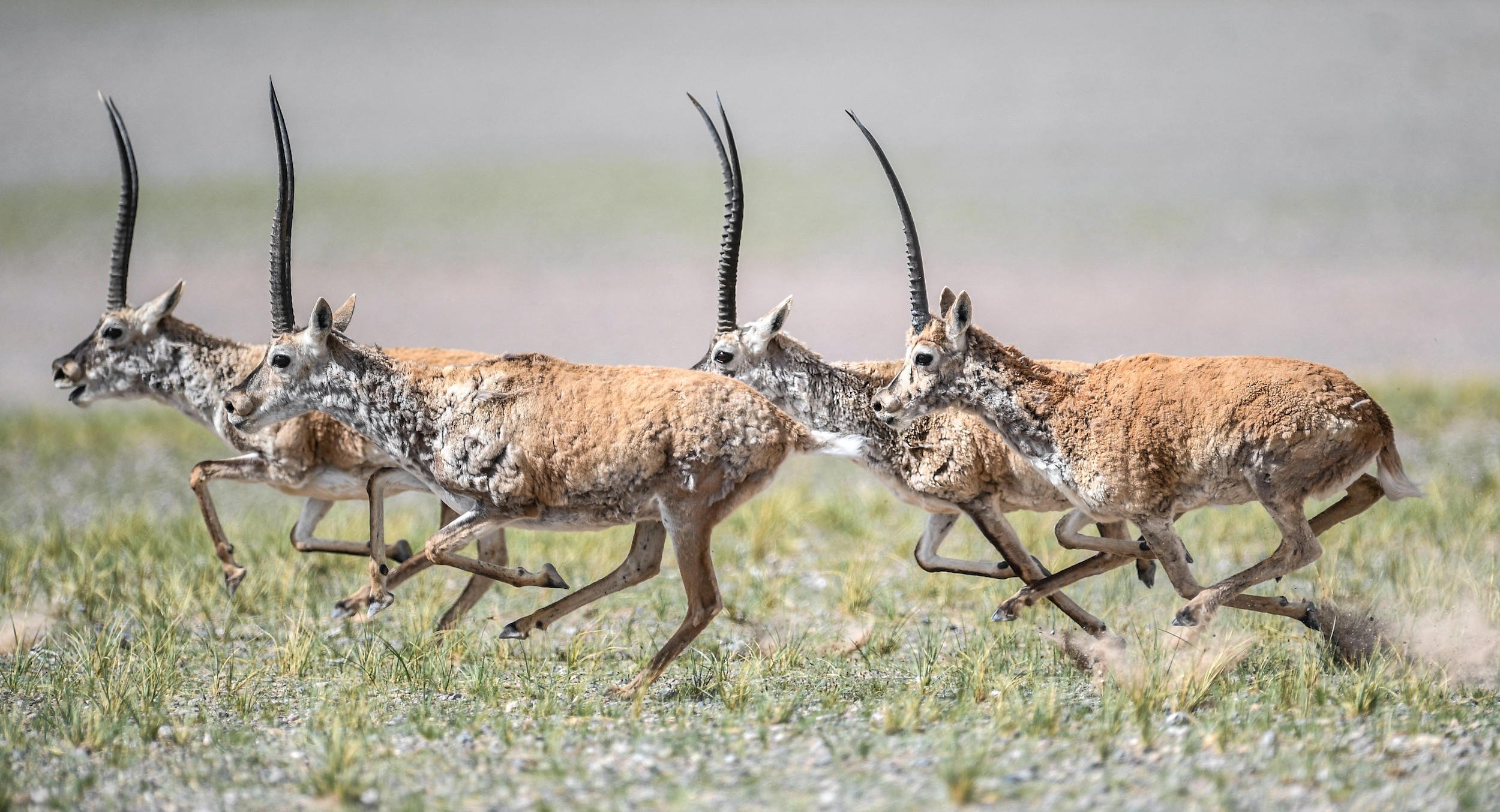
Overlooked animals
Some academics and environmental groups are also asking why certain species are still excluded from the list.
Sun Quanhui says the consultation draft still doesn’t offer enough protections to animals threatened by poaching driven by market demand. The Asian black bear is one example – the beneficial effects of its bile have been overstated, misleading consumers. And while these bears are farmed, poaching of wild bears continues. The impact of human activity on habitats has also shrunk the range of the animal. Sun would like to see the Asian black bear given Class I protections, rather than the current Class II.
He also points out the consultation draft specifies that protections for some species only apply to wild populations, leaving scope for illegality. It is very difficult for law enforcement personnel and ordinary shoppers to identify whether a specific animal has been farmed or poached. Farmed and wild populations also fall under different jurisdictions: the Ministry of Agriculture and the National Forestry and Grassland Administration respectively. Effective oversight and coordination are still problematic. Sun says practice has shown farming does not protect endangered species: “There are more tigers in farms than in the wild, so why are they still endangered?” he asks. “Any legal trade will give rise to an illegal trade, and the threat to wild animals will remain until demand is reduced, with poachers ‘laundering’ their catches as farmed.” Ideally, Sun says, we should reduce market demand for wild animals and ban the farming and commercial use of wild animals.
Dr Zhang Jinshuo, of the Chinese Academy of Sciences’ Institute of Zoology, said in a comment piece for the Guangming Daily that smaller animals (rodents, bats, insectivorous mammals, etc.) were generally missing from the consultation draft. While the beaver and the black giant squirrel were retained from the original, no members of those three classes of small mammals were added. But, Zhang says, these animals play vital ecological roles, as prey for larger predators and as a source of biodiversity, and remain important environmental indicators. Many of them are also vulnerable to the effects of human activity. He pointed out that not one bat species is included on the consultation draft, despite the proximity in which they live to humans. They should be taken seriously and given appropriate protections, partly to help prevent epidemics. He thinks they may be stigmatised and slaughtered by association with the coronavirus and so need better protection.
Any legal trade will give rise to an illegal trade, and the threat to wild animals will remain until demand is reducedDr Sun Quanhui, a scientist with World Animal Protection
But Sun added that the exclusion of small mammals may be due to obscurity – the explanatory notes attached to the consultation draft explain that species qualifying for inclusion had been left out if there was a risk inclusion could actually increase the risk of illegal poaching and trading by drawing attention.
The Chinese Felid Conservation Alliance is also worried about stigmatisation and is worried the evaluation process may be influenced by traditional understandings, culture and public opinion, resulting in unfair outcomes. They give the mainland serow (a goat-like mammal) and wolf as examples – historically, these two animals lived in the same areas. The serow remains active in the habitats the group monitors, while the wolf is virtually extinct. The serow has been listed as a Class II species, while the wolf is not listed. They worry this is due to the wolf’s ability to harm livestock – it does not have the right “image”.
The consultation draft keeps the dhole – a kind of wild dog – at Class II protections. The Shan Shui Conservation Centre has called for it to be given Class I. The centre points out the dhole was once widespread in China, but has seen the fastest fall in populations of any of China’s large carnivores over the last two or three decades, and is now in peril and “may be worse off than the giant panda.” The article points out that the dhole features in many Chinese cultural allusions – but unfortunately, usually as a symbol of cruelty and cunning.
Update the update process?
The delay in updating the list is a huge obstacle to animal conservation. So how can we have a more flexible, even forward-looking, list?
The Chinese Felid Conservation Alliance would like to see a regularly updated list. This would encourage ongoing surveys to track wildlife numbers – currently, there is a lack of data on the populations of the vast majority of China’s wild animals, which in turn means the list lacks scientific grounding.
The Shan Shui Conservation Centre, meanwhile, focused on the update process. Its feedback on the consultation draft suggested giving temporary Class I or II status to species listed as critically endangered or endangered on the IUCN Red List but not yet assessed in China, and giving newly discovered species automatic protection. This would help China’s lists of protected species keep up with the realities of conservation on the ground.
Sun Quanhui told China Dialogue that more species should be added to the list, and assigned a class based on distribution, wild populations, and the threat they face from trading and poaching. He says China’s increasing population means more wild animals are being affected by human activity and the state of animal conservation in China is poor. Add in a lack of information on some species, with scientists unsure of distribution and population numbers, and blind spots during classification become possible. But a precautionary approach means such species should be given strict protections, to reduce the risk of extinction.
